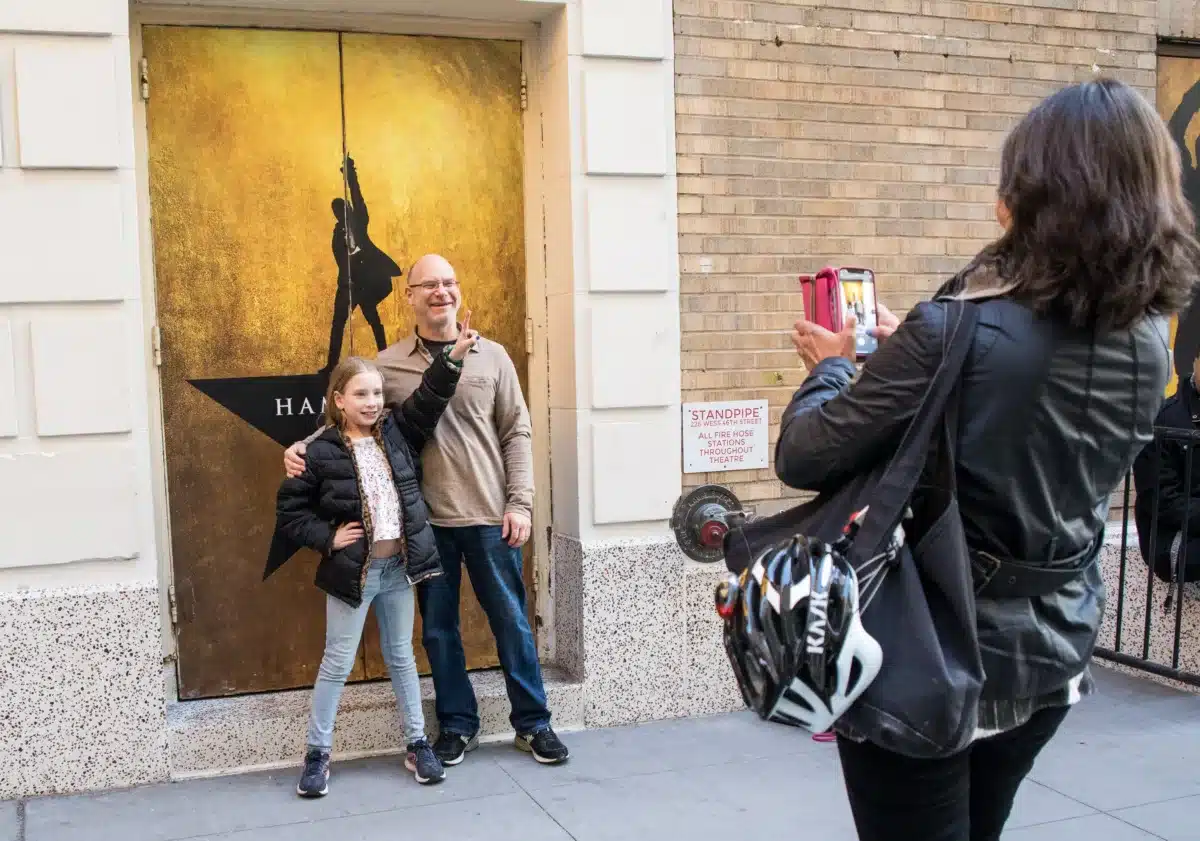
Many authors wrestle with one recurring theme throughout their careers, investigating and (ideally) refining it via multiple characters over multiple books. In her ambitious new novel, “Memories of the Future,” Siri Hustvedt has attempted to achieve something similar within a single volume.
The primary storyline concerns a young woman nicknamed Minnesota, who moves from that Midwestern state to New York City in 1978. Her story is told largely through diary entries that recount her adventures, bemoan her boredom and dissect her neighbor’s ramblings overheard through their shared wall. Minnesota is also writing a first novel, which is excerpted in large chunks as it is written.
Corralling and commenting on these past documents is present-day Minnesota, in her 60s and helping her mother move into assisted living.
All three tales — 1978, first novel, present-day — revolve around male aggression, ranging from inexcusable boorishness to sexual assault. Some succeed better than others, but the novel’s complex structure facilitates multiple approaches and an intriguing discussion on the fallibility of memory by contrasting records from the past with recollections in the future.
The already disjointed narrative gets bogged down, however, by present-day Minnesota’s digressions on everything from the 2016 presidential election to an utterly opaque episode involving Marcel Duchamp. These numerous asides, combined with appeals to the reader and haphazard narrative switches from first- to third-person, make the whole novel feel at times like one long blog post.
The narrator is also repeatedly emphatic about how many books she has read and how intellectual she is, which is odd because this novel is so clearly the work of someone who has read, written and thought at great length about, well, everything. A less erudite friend might have suggested applying a bit of that tried and true bromide: show, don’t tell.



































